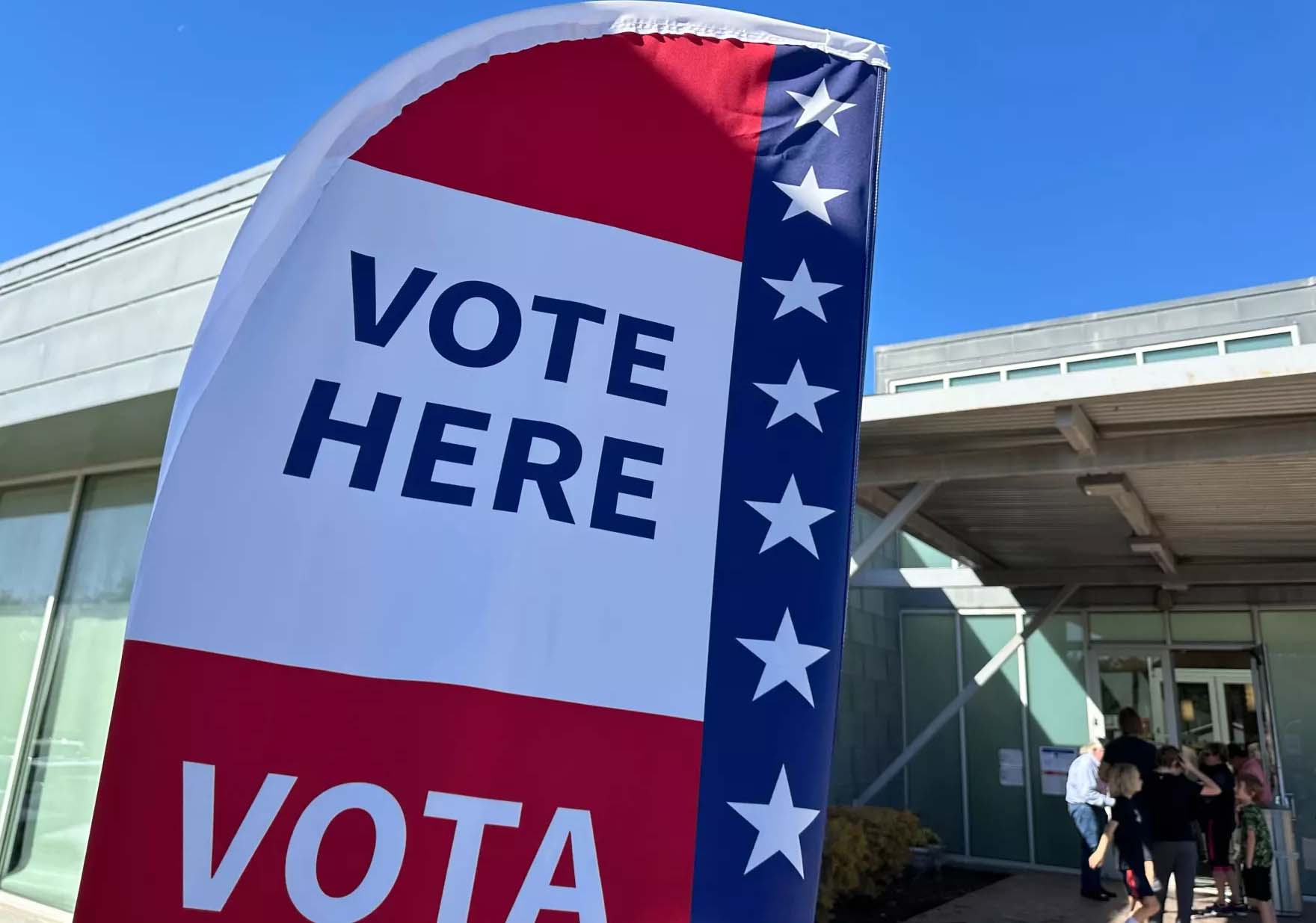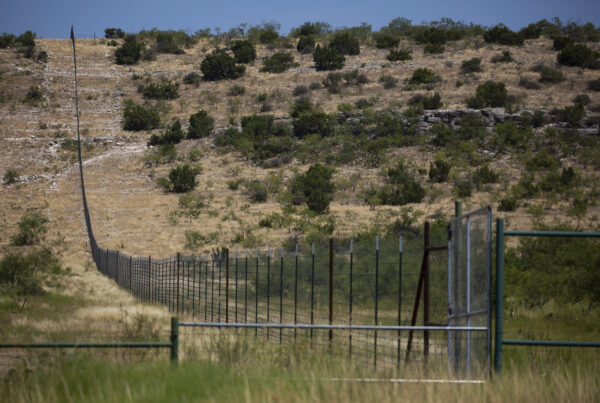From The Texas Newsroom:
While it may seem like the 2024 election cycle has already been going on forever, the first round of voting for it is just now underway. Early voting for primaries in Texas runs through March 1, and primary Election Day is March 5.
The primary elections are how Texas’ political parties decide who ends up on the general election ballot in November.
“When people vote in a primary, they’re trying to send their best candidate to the general election in November,” said Barbara Larkin of the Dallas chapter of the League of Women Voters. “If you don’t put your best person forward, then … that person may have a lesser chance in the November election.”
Larkin points out just a small percentage of the state’s registered voters cast ballots during Texas’ last primary cycle.
“There’s a variety of reasons to vote in a primary, but one of them is that your vote just makes a bigger impact because less people are voting,” Larkin said.
Some Texas politics-watchers and political scientists even attribute part of the state’s growing political polarization to low turnout in primary elections.
If I’m not officially affiliated with any party, can I still vote?
Yes, you can! In fact, that’s the way the system works in Texas. Unlike some states, Texas has open primaries.
“In Texas, when you register to vote, you don’t have to indicate what party in which you want to register,” said Alicia Pierce, a spokesperson with the Texas Secretary of State.
This can be confusing, especially if you’ve recently moved here from another state with so-called closed primaries, where only voters registered with a party can cast ballots in that party’s primary election.
Here, you just show up at the polls and your local election workers will take it from there.
“As you’re checking in, they say, ‘Which primary would you like to vote in?’ And right there at the polling location, you choose if you’re going to vote in the Republican primary or the Democratic primary,” Larkin said. “And then, that’s the ballot that you get.”
A voter does have to choose, though — you can’t vote in both primaries. And once you choose a party, you’ll have to stick with it for a while.
“You can’t go back and forth in the same cycle,” explained Larkin. “Let’s say you vote in the Democratic primary. If there is a runoff in a race, you have to vote in the Democratic primary runoff.”
So, while Texas’ open primary system does allow someone to switch parties year to year, the vote you cast in March determines how you can vote in the May 28 runoff elections.
It’s also easy for election workers to check this.
“Let’s say you voted in the Republican primary in the March 5 election,” Larkin said. “And then, (in May) when you go to the polling location you say, ‘I want to vote in the Democratic primary runoff.’ Election workers will be able to see which primary you voted in in March. So they would say, ‘I’m sorry, you can’t do that.’”
Wait, what’s a runoff again?
These elections determine who ends up on the ballot in November if a candidate fails to capture a majority of the vote in the primary. In Texas, that means 50% plus one of the votes.
“Often, you’ll see this in races where you have more than two candidates,” Pierce said. “It’s very likely that someone may not be able to secure a majority. Then, the top two people go on to compete for the nomination for the party.”
So when you’re voting in the March 5 primaries, pay attention to how many candidates are on your ballot. If you see three or more in a particular race, it’s likely that contest won’t be decided until the runoffs on May 28.
Another important note: “If for some reason you weren’t able to vote in the primary and you’re still interested in voting in the runoff, that’s fine,” Pierce explained. “You’d just choose which party’s runoff to vote in at that time.”
How should I get ready to vote?
The good news: If you’ve previously registered to vote, you should be all set for the March 5 primaries. Pierce recommends starting at the Texas Secretary of State’s votetexas.gov website, where you check your registration status and more.
“It is also a place where you can find your polling place and find other information to make sure you’re ready to go on Election Day,” Pierce said.
From there, Larkin recommends figuring out who will be on your ballot.
“The first thing that I always recommend for people is to familiarize themselves with their own county elections website,” Larkin said. On those sites, you can usually enter your address and then see sample ballots for both the Republican and Democratic primaries.
Now that you know the names of the players, it’s time to do some research and decide who you’d like to vote for. There are a variety of ways to learn about each candidate, from the League of Women Voters’ VOTE411 website to election guides from your local public radio station (you can find your nearest station here).
What should I bring with me to vote?
First off, you’ll need to bring some form of identification.
“For most Texans, that’s going to be a driver’s license or a Texas personal identification card issued by DPS,” Pierce said. “It could be a passport. It may be a citizenship certificate with a picture (or) a military I.D. There’s a form called an election identification certificate that is also acceptable.”
Find the complete list of accepted identification here.
Secondly, Pierce and Larkin also both recommend bringing in a list of your chosen candidates on paper. Why paper? Texas has some restrictions around cell phones in polling places.
“You can take it with you, but it has to be turned off. You can’t consult it while you’re in the booth,” Pierce said.














